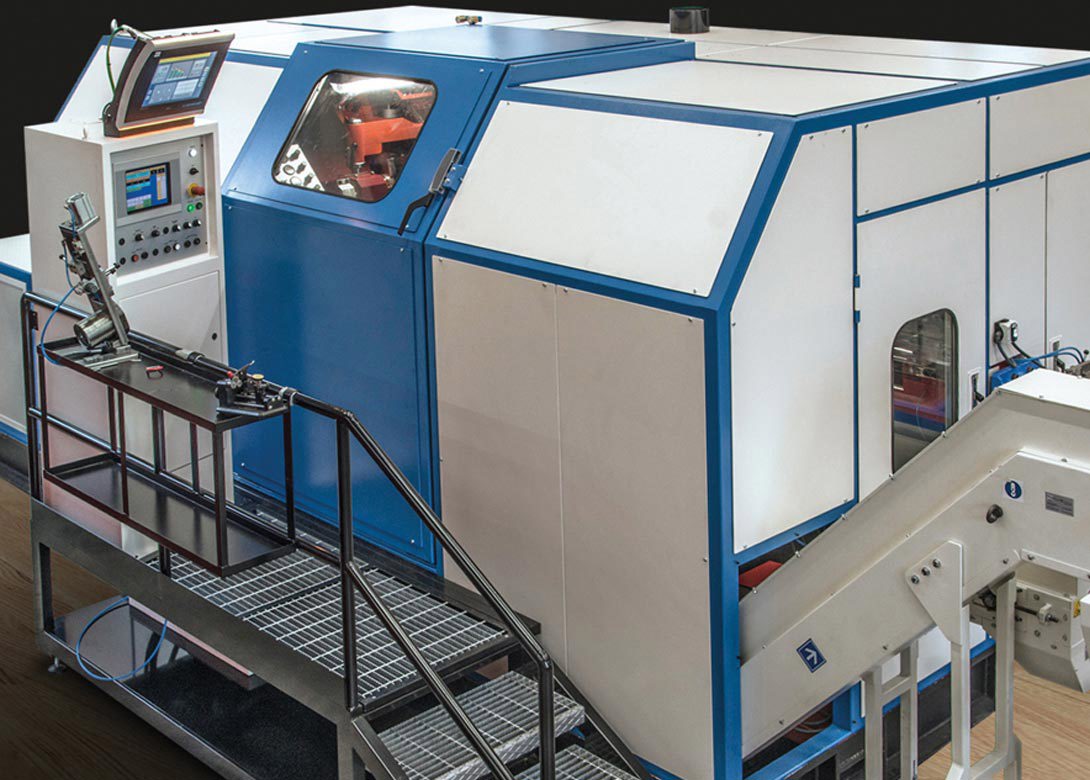Improving process quality and tool life
02 August 2017
When process monitoring and simulation shake hands, process quality and tool life improve.
Process integrated monitoring methods offer an effective way of detecting potentially problematic manufacturing conditions. When used in conjunction with the latest machines, process monitoring systems can also intervene in production, in order to return the process to a stable production status whenever systematic changes take place.
As the accuracy of simulation models increases and operators are able to verify the results of simulations during the machining, the two worlds of simulation and process monitoring can begin to merge.
The objective is to supply simulated forming-force signals to the machine operator via the process monitoring system on the production line. Combining simulation and process monitoring has immediate effects on the efficiency and productivity of the machine tool. Set-up times are significantly shortened due to information available before the set-up. Thus, the productive phase of the machine tool begins sooner. At the same time, the knowledge of the process forces allows an exact adjustment of the tool. The tool life will be prolonged as it will not suffer overload in the normal manufacturing process.
Process monitoring systems in cold forming applications largely use the force signals of the process. A process monitoring system such as the Brankamp X7 detects even slight signal fluctuations.
This accuracy enables process monitoring devices to fulfil some tasks of the control of machine tools.
Values for the characteristic factors of the actual forces measured in the process can be predicted by the simulation and used to specify target values for machine adjustment processes. The force curves obtained by the simulation can be used for process integrated force measurement during adjustment of the machine in order to optimise the machine settings, in real time, with the help of the simulation. Knowledge of an optimised process configuration designed to relieve the load on the die, its early configuration at the initial setup station of production, and the continuous monitoring maintained even under the hard conditions of day-to-day operations, are all essential for maximising the useful life of the die.

